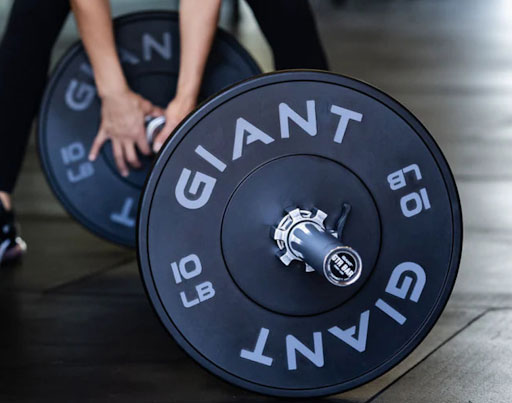Ah, the age old question…how many days a week should you be working out? Is there really a secret sweet spot? Whether you’re a fellow couch potato looking to get started or if you’re looking to ramp up your results, setting your workout schedule can be tricky. Between all the fancy gym equipment and conflicting workout advice, it’s easy to get lost in the shuffle. But before you dive headfirst into a seven-day-a-week routine, let’s chat about how many workout days are actually good for you.
The Magic Number (Kind Of)
Most health experts recommend aiming for at least 150 minutes of moderate-intensity exercise per week. That translates roughly to 30 minutes of sweating it out, five days a week. Now, this is a guideline, not a strict rule, you can find what works best for you.
Here’s the cool part: if you’re short on time, you can swap those 30-minute sessions for just 20 minutes of high-intensity exercise (think HIIT workouts) spread across three days. Sweet, right?
Finding Your Groove
So, we’ve got a baseline. But what if you’re a fitness newbie or a seasoned gym rat? Here’s how to personalize your workout schedule:
- Newbie? Start Slow! Jumping into a 5-day routine right off the bat can lead to burnout and injuries. Begin with 2-3 workouts per week, focusing on consistency. Gradually increase the frequency and intensity as your body adapts.
- Weekend Warrior? Listen Up! Cramming your workouts into two intense sessions over the weekend might feel productive, but it’s not ideal. Aim to spread your exercise throughout the week to reap the most benefits. Setting up a home workout space may help you squeeze in more training sessions if your battle is finding time for the gym. And there’s no excuse! Nowadays you can even buy online power racks! Bonus points for incorporating some low-impact activities on rest days – think yoga or a brisk walk.
- Gym Junkie? Rest is Key! Pushing yourself to the limit is awesome, but remember, rest days are crucial for muscle recovery. Aim for 1-2 days of complete rest where you prioritize sleep and let your body repair itself. This will help you avoid plateaus and prevent injuries.
Sample Workout Schedule
Here’s a balanced workout plan to get you started:
- Monday: Cardio (e.g., brisk walk, jogging, swimming)
- Tuesday: Strength training (focus on upper body)
- Wednesday: Rest or low-impact activity (e.g., yoga, stretching)
- Thursday: Cardio (e.g., cycling, dance class)
- Friday: Strength training (focus on lower body)
- Saturday: Active recovery (e.g., hiking, playing a sport)
- Sunday: Rest
Remember: Adjust the intensity and duration of your workouts based on your fitness level and goals.
Mixing It Up: Cardio vs. Strength Training
A well-rounded routine is key to achieving your fitness goals. Here’s a breakdown of the two main types of exercise:
- Cardio: This gets your heart pumping and improves your overall fitness. Try running, swimming, dancing, or even a fun kickboxing class.
- Strength Training: This builds muscle mass and strength. Think lifting weights (those cool barbells from Giant Lifting can come in handy!), bodyweight exercises, or resistance bands.
The Takeaway: Listen to Your Body
Ultimately, the best workout schedule is the one you can stick to consistently. Pay attention to your body’s signals – if you’re constantly sore or feeling sluggish, adjust your routine. Even small bursts of activity throughout the day can make a big difference. So, gear up, put on an energizing playlist and find what works best for you.

0 Comments